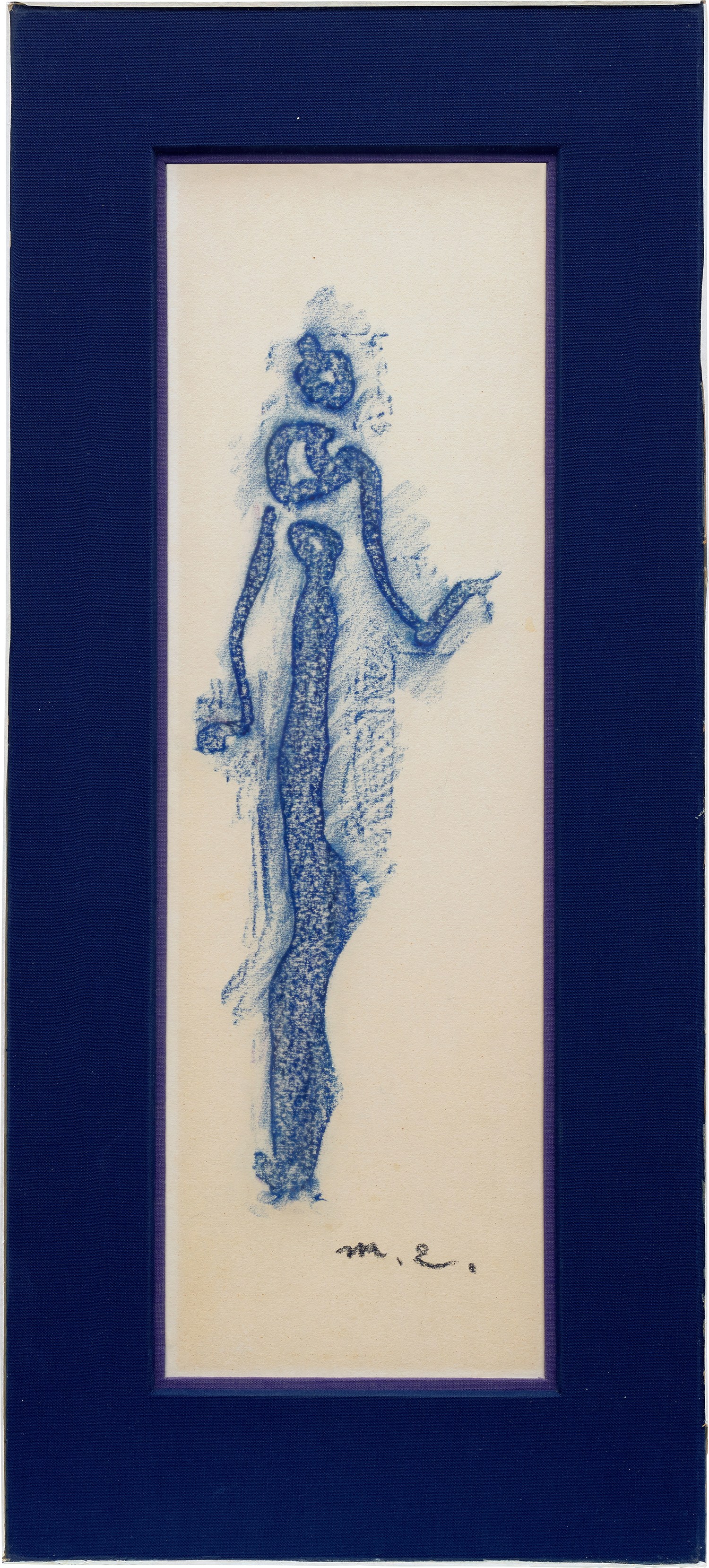



Maximiliana: Max Ernst from the Collection of Peter Schamoni
179
Max Ernst
Maximiliana-Figur
signed with the artist's initials 'm.e.' lower right
frottage and oil crayon on cardboard
44.7 x 14.2 cm (17 5/8 x 5 5/8 in.)
Executed in 1965.